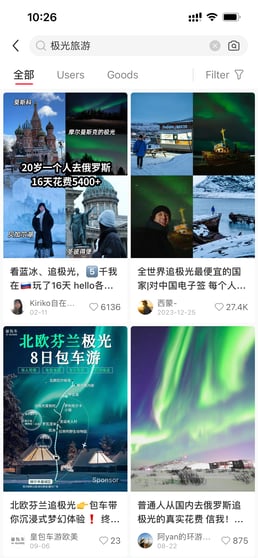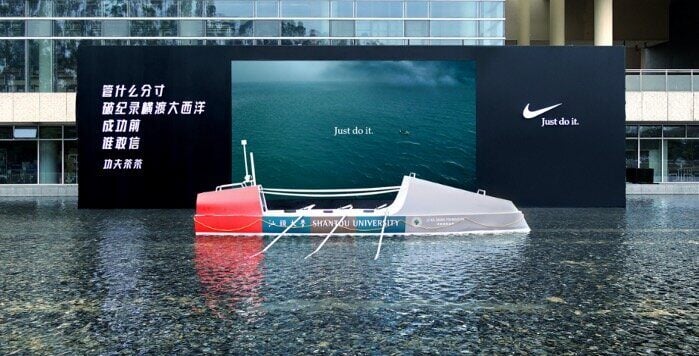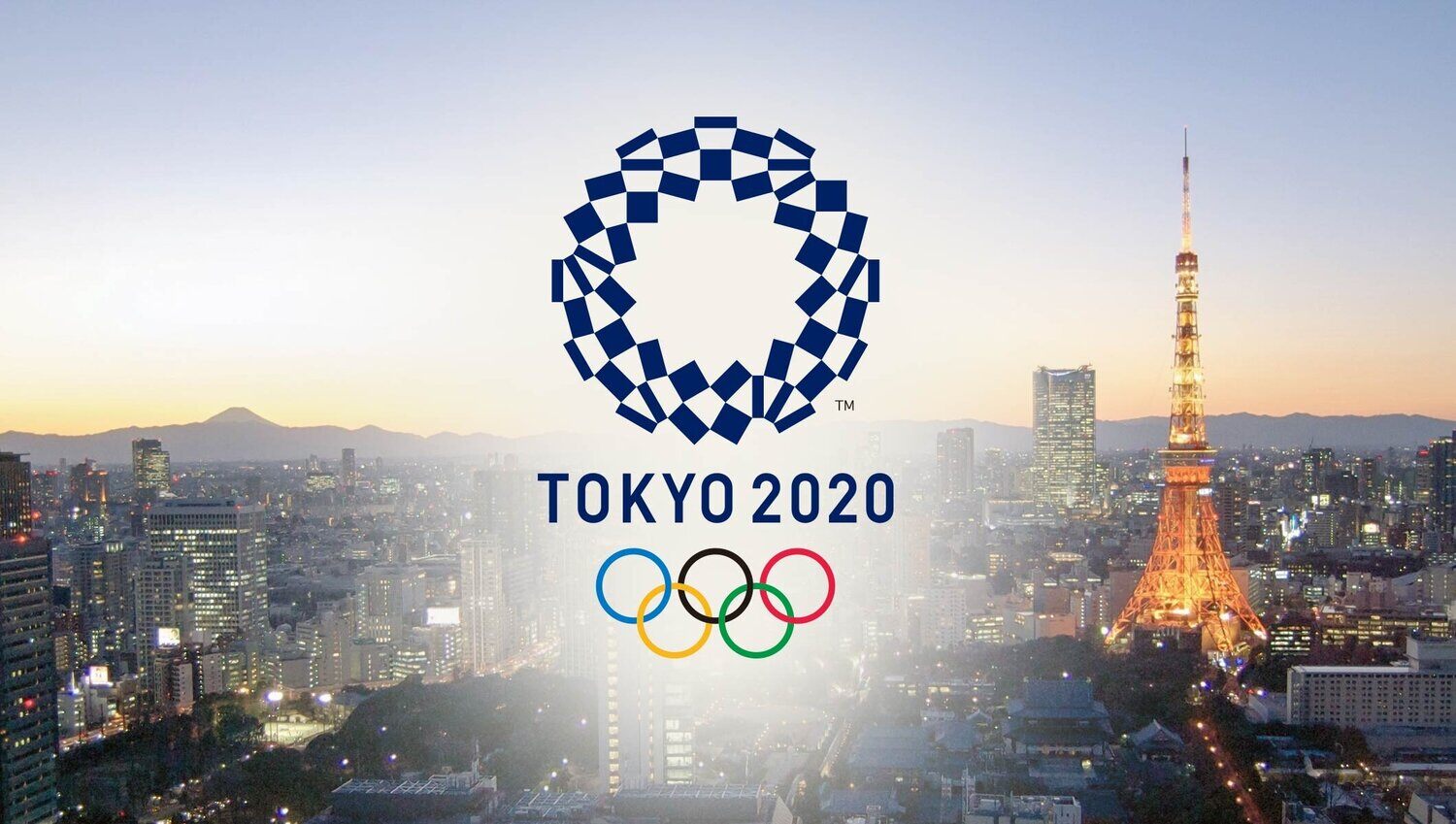Chasing the Northern Lights: Chinese Travellers Fuel Global Aurora Tourism
As winter approaches, aurora-seeking Chinese tourists are expected to flock to destinations across the northern hemisphere, including Canada, Norway, Iceland, and Russia, where the chances of witnessing the Northern Lights are high.
Since the mid-2010s, Chinese tourists have developed a deep fascination with the aurora borealis. Ctrip 携程, China’s largest online travel agency, was among the first to offer aurora travel routes in 2013.
The six most popular destinations for Chinese tourists to chase the Northern Lights are Reykjavik (Iceland), Rovaniemi (Finland), Murmansk (Russia), Alaska (USA), Mohe (China), and Yellowknife (Canada), with Iceland consistently topping the list.
Within China, the northernmost city of Mohe and Altay Prefecture in Northern Xinjiang are the primary spots for aurora viewing, although the chances of seeing the phenomenon are far lower than at the poles.
Chinese tourists tend to pursue the aurora in the northern hemisphere rather than its southern counterpart. Arctic tours, being shorter and more affordable compared to Antarctic trips, have gained widespread popularity.
Aurora tour packages on Ctrip typically cost around RMB 22,000 ($3,108) per person for an 8-day trip through Iceland, Finland, Norway, Sweden, and Denmark. In contrast, Antarctic cruises can last 20-30 days and range from RMB 200,000 to 300,000 ($28,251 to $42,377).
Most North Pole aurora tour customers are aged 19-35 and hail from major cities like Shanghai, Beijing, Guangzhou, Shenzhen, and Nanjing. This demand for Arctic travel continues to grow as more Chinese tourists seek unique, memorable experiences.
 A search for ‘aurora travel 极光旅游’ on Little Red Book (Xiaohongshu 小红书), one of China’s leading social media platforms, returns over 208,000 posts.
A search for ‘aurora travel 极光旅游’ on Little Red Book (Xiaohongshu 小红书), one of China’s leading social media platforms, returns over 208,000 posts.
Chinese social media and TV shows have also greatly popularised Arctic trips. For example, the stunning natural attractions featured in the reality 2023 TV show Divas Hit The Road 花儿与少年 not only familiarised watchers with Iceland but also ignited their interest in visiting.
China’s outbound tourism is gradually returning to pre-pandemic levels. In 2024, the number of travellers inquiring about aurora routes on Tongcheng Travel 同程旅行 during the New Year holiday nearly doubled compared to 2019. Data from ForwardKeys reveals that Europe leads the way in long-haul travel plans for Chinese tourists this year, with France and Iceland at the top of the list.
Despite the excitement, many Chinese tourists have expressed dissatisfaction with the quality of services included in their Aurora travel packages. “High prices don’t guarantee luxury experiences,” said Zhang Qi, a product expert at Ctrip. “Travel is about paying for the experience, and luxury travel should focus on offering emotional value, unique moments, and elevated services at a reasonable price.”
For high-end travel brands and service providers, this trend presents a prime opportunity. Chinese travellers, particularly young professionals and affluent tourists are increasingly seeking bespoke, tailored experiences that go beyond simply witnessing the aurora. There’s a growing demand for personalised itineraries that offer emotional engagement, exclusive amenities, and memorable moments.
Hot Pot China recommends that brands, even beyond the travel sector, pay close attention to the evolving desires of Chinese consumers for adventure, outdoor activities, and valuable experiences. For instance, when we supported Canada Goose’s market entry in China, we crafted an interactive experience on WeChat. This allowed consumers to engage deeply with the adventure-based genesis of the brand, its timeline and evolution, as well as drilling down into product details and technology.
In-store, customers could scan garments to view detailed information, creating a seamless bridge between digital and real-world experiences. This success was largely due to deep local consumer insights, showing a high tendency to demand proven product quality and an emotional connection to the brand through experience.
Do you know how your brand will integrate authentically with the trends indicated above? Contact the Hot Pot strategy team for an initial discussion of the opportunities.
Cover photo by Joshua Earle on Unsplash
Related blog posts

